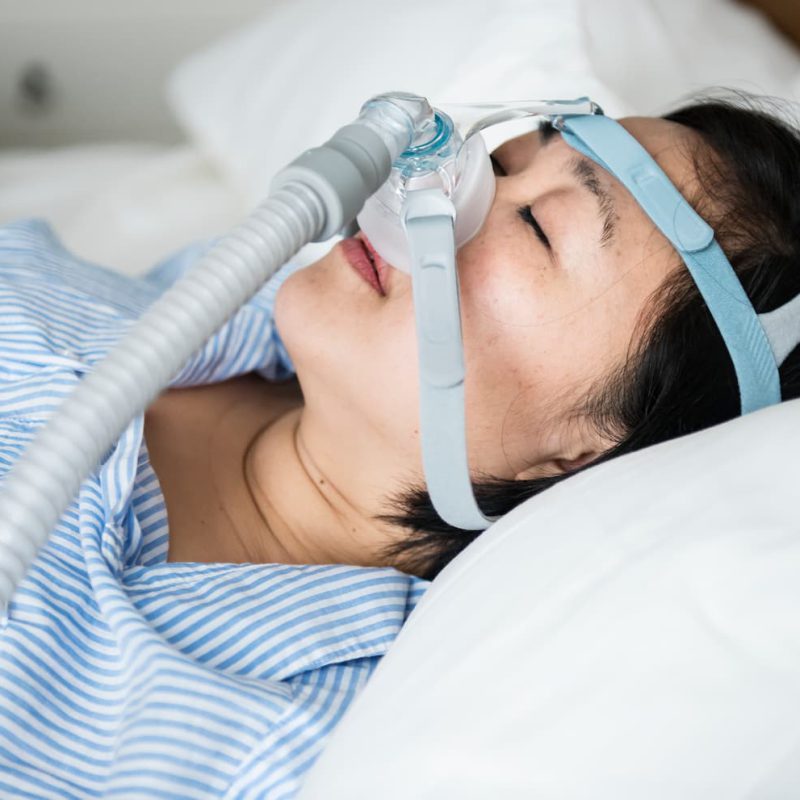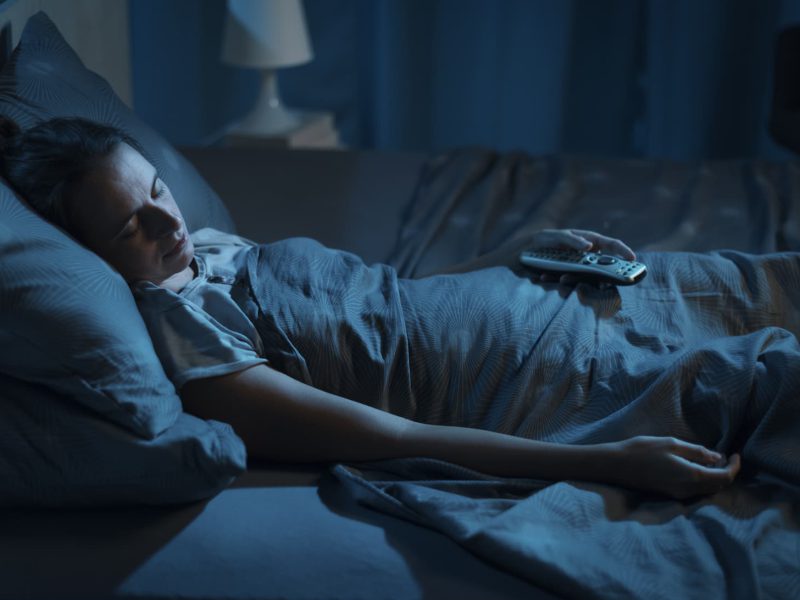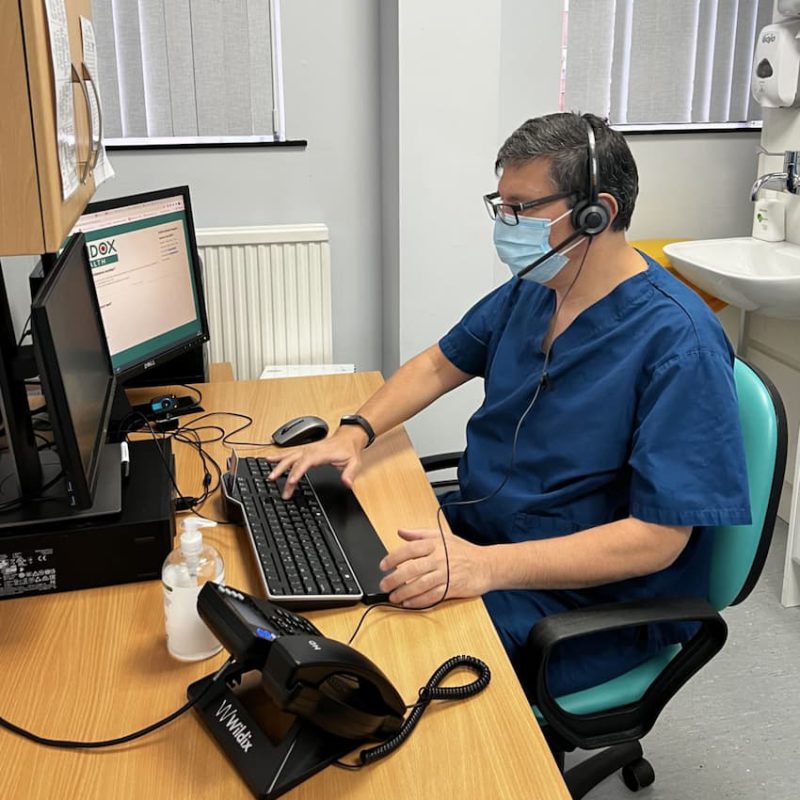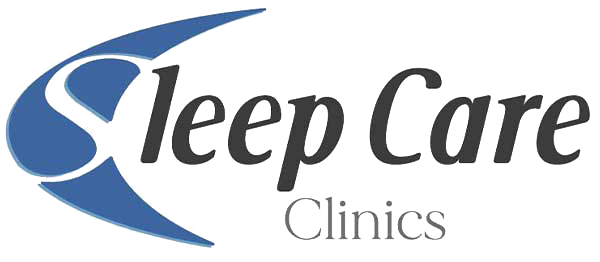Obstructive Sleep Apnoea (OSA)
What is Obstructive Sleep Apnoea (OSA)?
Sleep disorders chronically affect more than 10% of the population and cause a significant impact on quality of life and multiple and severe complications. Sleep apnoea is one of the leading causes of morbidity and mortality and a fundamental cause of absenteeism (and presenteeism) and poor academic, work, family, social, sexual performance, etc. The treatment of choice (after evaluating the patient and ruling out the need for surgery or adjustment of dental or maxillofacial abnormalities) consists neither of medication nor surgery but of an innovative device that unblocks the airway by generating pressure which opens the airway that was previously obstructed by the muscles of the pharynx and tongue. The treatment results are immediate and have such a high impact that they significantly improve the quality of life of the patient and their families and reduce mortality by 40% over ten years.

HOW AND WHY DOES OBSTRUCTIVE SLEEP APNOEA (OSA) OCCUR?
Try to stop breathing for a minute and you will see everything that happens. The same, and more, occurs for up to several minutes in people with sleep apnea. The worst thing is that it happens all night, every day. Anyway whenever he sleeps.

What symptoms does a person suffering from Obstructive Sleep Apnoea (OSA) present?
- Breathing disorders during sleep: snoring, gasping and apnea.
- Broken sleep: frequent awakenings, bad sleep, restless sleep. They are those people who, despite the fact that they sleep through the night, and even during the day, are very tired and say that they do not sleep at all, they want to urinate at night.
- Daytime symptoms: drowsiness, fatigue, low mood, depression and irritability, decreased libido.
- Obvious deterioration in the execution of daily tasks that affects the quality of life of the patient; difficulties arise in their work, in their social interaction and in their sexual functions.
Do I suffer from this disease?
Many tests and questionnaires have been designed to detect these patients. One of them states that any person who meets the following 3 conditions has a high probability of suffering from OSA:
1
Snore
2
Wakes up tired, is tired in the day, or has fallen asleep or nozzled during daytime activities.
3
Be obese or hypertense. However, it is also common in women and thin people.
What are the Medical Tests to diagnose sleep apnea?
The definitive diagnosis is achieved with the Nocturnal POLYSOMNOGRAPHY:
The patient, while sleeping, is connected to a machine (polysomnograph) that records various data (related to sleep, heart, respiratory, brain and muscle activity) that help the doctor establish the diagnosis of apnea (obstructive, central, hypopnea and airway resistance). The patient stays to sleep in a sleep laboratory. In a comfortable, safe, quiet room, very similar to his house. A technician places some sensors on different parts of the body and the patient lies down to sleep, while the necessary data for the diagnosis is recorded.
A professional will install the equipment, it consists of a record that measures the pulse, the level of oxygen in the blood, the air flow and the breathing patterns, among others. Due to the fact that it is not monitored, and if the person does not sleep normally (most likely due to the mere fact of sleeping with the equipment and in unusual conditions), there may be false negatives. Cases in which the study appears normal even though the patient has the problem.
A complete study of the patient must be made and we have the best specialists to evaluate your clinical case and the need for the corresponding studies.
It is important to clearly establish the disease of apnea in order to refer the patient to the corresponding specialist if necessary (for example, otolaryngologist, dentist, pulmonologist, neurologist or specialist in sleep medicine).


